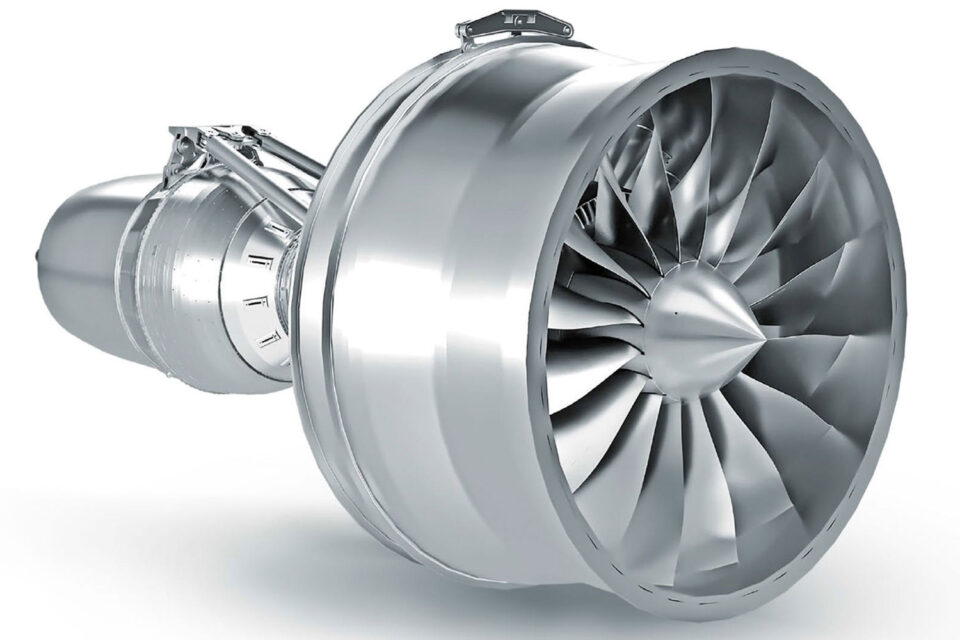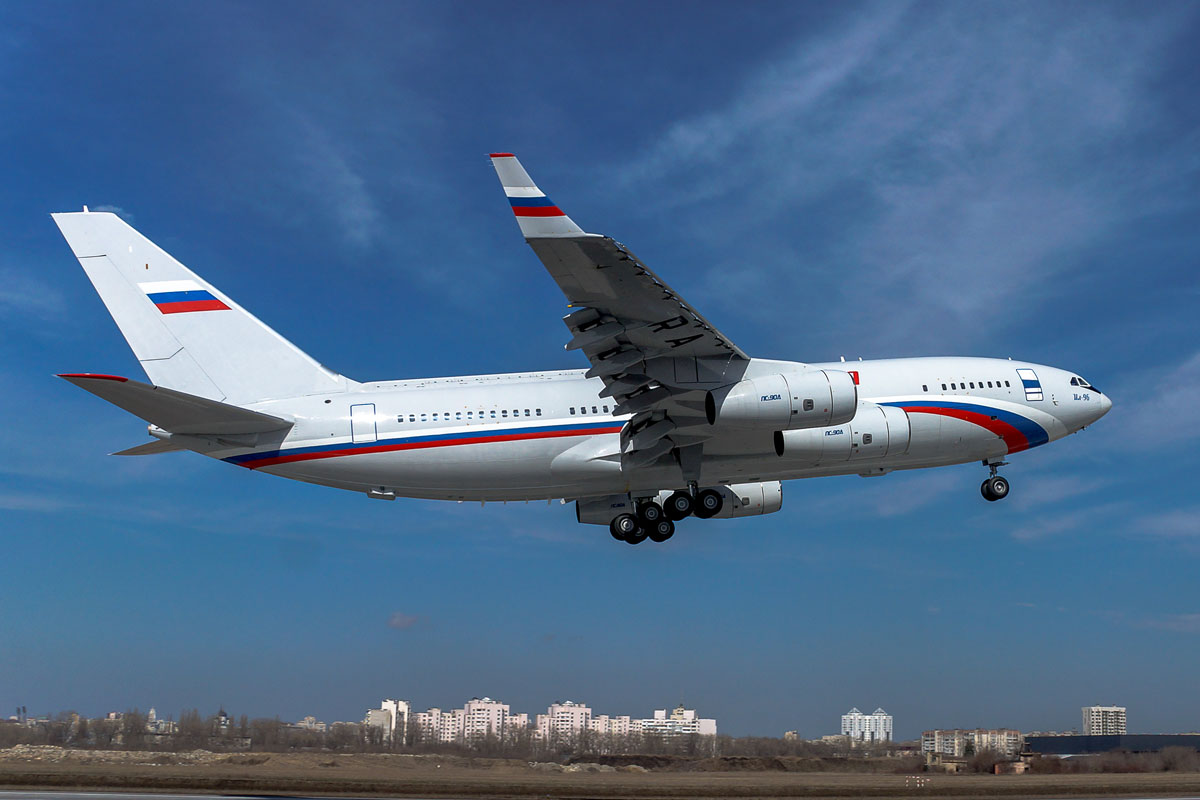The old four-engine Ilyushin Il-96 aircraft might lose two turbofans in 2025, but that’s good news. Russia hopes to convert the aircraft conceived in the 1980s to receive PD-35 engines, which are being developed in the country.
According to Alexander Inozemtsev, director of manufacturer UEC-Aviadvigatel, a twin-engine Il-96 is part of Putin’s future presidential aircraft.
Russian hope for the PD-35 turbofan is huge as it is the largest engine ever produced in the country. The main aircraft that will be equipped with the engine is the CR929, a widebody similar to the Boeing 787 that is being developed in partnership with China.
But plans by UAC, the holding company that controls Russia’s top aerospace manufacturers, are broader, including turning current four-engine aircraft like the Il-76 and Il-96 into twin-engine.

Currently, Russia is struggling to resume production of some old aircraft and only has the old PS-90 turbofan, which has limited thrust and consumes a lot of fuel.
In addition to the PD-35, UEC-Aviadvigatel is finalizing the certification of the PD-14, which will equip the MC-21, Russia’s most advanced single-aisle jet.
Follow us:
It also advances the design of the PD-8, a small turbofan that will be used in the revised version of the Sukhoi SuperJet regional jet, the SSJ-New.
Despite this, the PD-35 is by far the company’s biggest challenge. It will outperform the D-18T, the largest engine used in former Soviet Union aircraft such as the An-124 and An-225.
According to Rostec, the turbofan will have versions from 24 to 38 tons of thrust. A prototype is expected to make its maiden flight in 2023, although this is unlikely given the current stage of the program.

